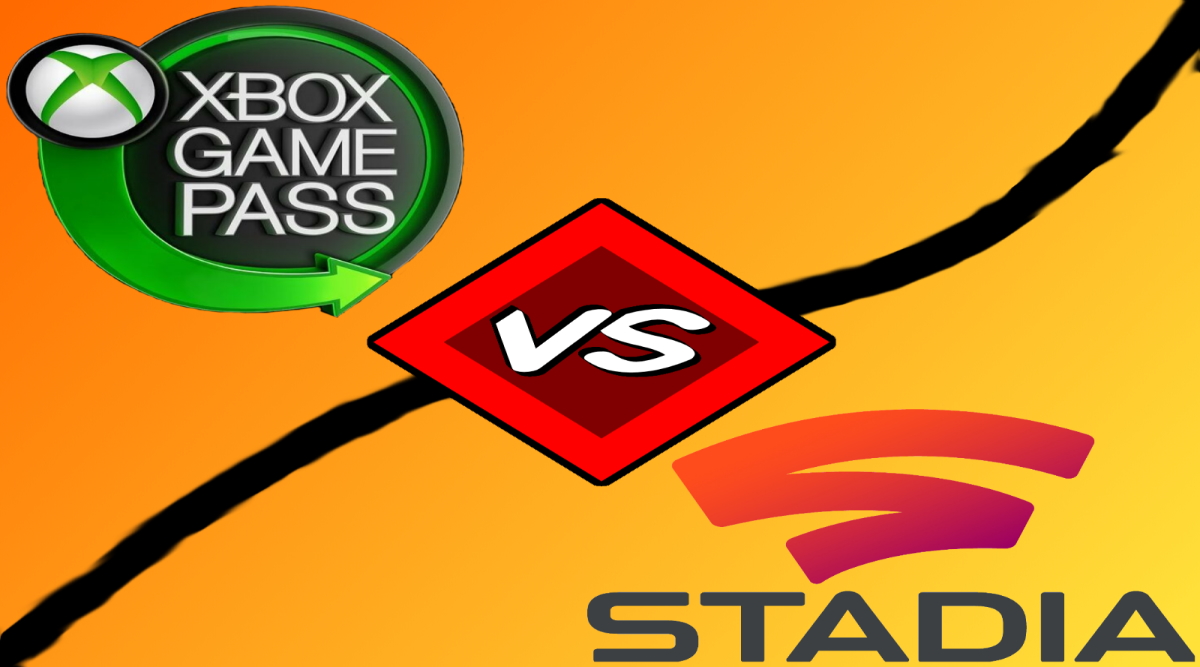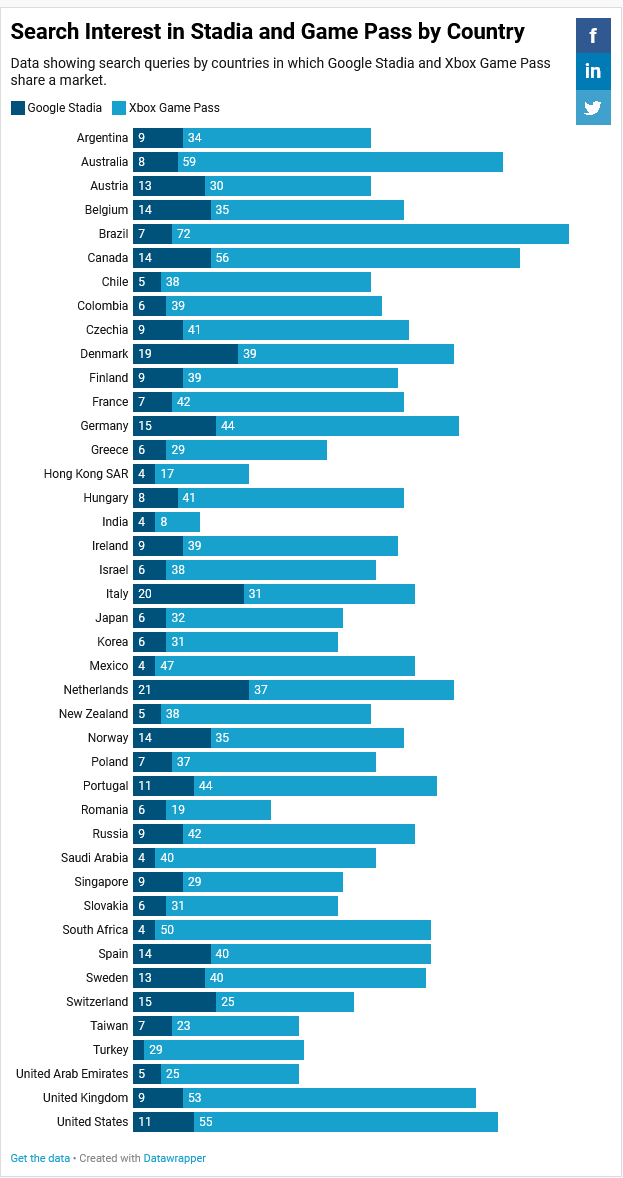By Mathew Viggiani
Kings of the Hill
“Don’t be evil” used to be the motto of internet search tycoons Google, whose rocket-like rise to the realm of social omnipresence from their humble beginnings in the late 1990s never faltered, as they fought for market share in a market space occupied by then competitive entities in Yahoo! and AskJeeves (remember Jeeves?). From there, they began a slow but steady gorging on internet startups, eventually planting their flag in the emergent video sharing website Youtube by the end of the 2000s.
By now, Google has dominated the world wide web, and their reach can be felt by the numerous services they have acquired and created. The full integration of web services was once Google’s endgame, and with Gmail and Google Drive becoming the recent standard for e-mail and cloud computing, they have also expanded into hardware with their Android OS powered smart tv and smart phone lineup. Their influence has grown so much that have also been the center of controversy surrounding data collecting, ad revenue, and for essentially monopolizing internet services.
However, there are times when the Mountain View company’s Midas touch has gone numb, and when juxtaposed with their successes, their failures are made all the more glaring. Regarding their failed social network experiment, Google Plus, the public indifference (and outright backlash due to forced inclusion on Youtube accounts) brought the platform to an early demise. But their recent attempt to grab some market share of the cloud gaming scene, Google Stadia, has been perceived as nothing short of a disaster.
What’s a Hill to a Mountain?
Google may be one of the most powerful tech companies in the world, but in the video game industry, they were fresh faced newbies staring down competitors with years of brand loyalty and experience. When you are going toe-to-toe with the likes of Sony, Nintendo, and Microsoft, you either bring your A-Game or you don’t even bother to show up. Google certainly brought “a” game, but was it one people wanted to play?
On paper, Stadia has a lot going for it. As a cloud gaming platform, it subverts the usual setup of dedicated hardware by only needing 3 things: a steady internet connection, a device that can support the Chrome internet browser or run ChromeOS, and a controller. Stadia’s early start has given it an advantage over its cloud competitors in Apple Arcade and Amazon Luna, but the race is tight with GeForce Now. Understandable, considering Nvidia’s following as a maker of game-ready graphics cards.
Both Sony and Microsoft have also ventured into cloud gaming with Playstation Now and Xbox Cloud Gaming respectively. On top of those services, they maintain a variety of distribution and subscription services such as Playstation Plus and Xbox Game Pass. In particular, Microsoft has spent years cultivating and operating digital marketplaces, and as the online territory of the two have begun to overlap, Google’s ambitions as a contender in online gaming services will be tested.
Microsoft, who spent the latter half of the decade trying to regain their reputation after the debacle of their 2013 E3 showing, have stepped up considerably in the field of digital distribution. Already pushing the video game industry towards it’s current form from 2001 with built-in internet play in the form of Xbox Live, the Xbox Game Pass evolved the structure of online distribution with its rotating catalogue of games and access to premium services for a comparatively low monthly price.
From DOS to BOX
Microsoft has recognized the consumer influence of video games as far back as the early 90s. Doom and Myst, both released in 1993, both started a wave of computer hardware and software upgrades as gamers who wanted to play these titles found their current computer setup was lacking the necessary components to bring out their full potential. This sparked a commercial shift towards the sales of CD-ROM drives and soundcards, as well as the rapid advances in the processing power of CPUs and the latent necessity of 3D accelerators (now referred to as GPUs).
Microsoft recognized not just the commercial importance of video games on computers, but of computers themselves as development tools. Prior to the release of Windows 95, the Windows operating system had a reputation of being difficult to program for when compared to MS-DOS. The lack of standardization in the tech industry led to driver compatibility issues relative to brand of computer being used to run software.These issues led Microsoft to developing an application programming interface that would benefit software developers going forward by streamlining the process of game development with accessible asset libraries and methods to stream audio and video without difficulty.
DirectX, as it would be known, would turn Windows into the gold standard for computer games, and eventually steer Microsoft into the field of video game consoles. First by lending Sega a hand in creating their swan song, the Dreamcast, by providing Windows CE as the system’s core operating system, which allowed the Dreamcast to port computer games without much difficulty and eased the process of developing games for the console thanks to the inclusion of dynamic link libraries. The Dreamcast’s design cues, being made from “off the shelf” computer hardware and having a built-in modem for online, also set a precedent for the first Xbox console after Sega transitioned from First-party competitor to third-party developer in 2001. The Xbox name itself is a direct reference to its use of DirectX.
Microsoft has had its share of success in the video game industry – always accumulating a healthy library of games thanks to good relations with publishers and developers and remaining competitive in most major markets. Of course, Sony and Nintendo still rule the roost within Japan, owing to cultural differences and player preferences, and it hasn’t always been smooth sailing for the Xbox either. In addition to their E3 2013 presentation alienating their player base and developers overnight with content policies that had them quickly backpedaling, the Xbox 360 was prone to hardware failure early in its run – the infamous “Red Ring of Death” became a black eye and a common punchline in the mid-to-late 2000s.
Despite these setbacks, the Xbox would recover and once again carve out a foothold in the market, and their online services have proven to the gold standard for the industry. So, knowing that this is the biggest hurdle the Stadia would have to clear to become a viable gaming platform, what has Google done to ensure their success? Unfortunately, this is where things start to unravel…
Stadia, but no Spectata
Has Google put their best foot forward in the cloud gaming market? The Stadia’s lacklustre launch back in the November of 2019 was taken by industry analysts as a sign of things to come. Players reported issues with crossplay and unstable Wi-Fi connections, leading to laggy and error-prone streaming. Critics felt the platform underperformed graphically, despite supporting resolutions up to 4k. And of course, the nature of cloud based gaming means enjoying (or even accessing) Stadia’s library of titles is wholly reliant on the condition and maintenance of the servers. They call it Cloud because it’s like a vapor – if the servers go down, then the Stadia disappears into the nether, leaving behind nothing but the controller in your hands.
In February 2021, Google shut down Stadia Games and Entertainment, their in-house development studio. Jade Raymond, the industry vet who headed said studios, would depart from Stadia altogether and join up with Sony Interactive Entertainment in establishing a sub-studio called Haven Entertainment. In a statement made on Google’s Stadia blog, they explained the decision was to recede from first-party development and to try and attract more third-party developers, stating “Given our focus on building on the proven technology of Stadia as well as deepening our business partnerships, we’ve decided that we will not be investing further in bringing exclusive content from our internal development team SG&E, beyond any near-term planned games.”
While these efforts sound well-intended, Google’s prior treatment of third-party developers provides a hypocritical juxtaposition. Re-Logic, the developers of the popular PC game “Terraria”, ran into trouble after Google suspended numerous google-related accounts in use by co-creator Andrew Spinks, including his Gmail, Google Drive, and Youtube accounts. On February 8th, Spinks took to Twitter to voice his grievances with the company’s lack of communication, announcing the cancellation of their Stadia port of Terraria:
“I absolutely have not done anything to violate your terms of service, so I can take this no other way than you deciding to burn this bridge. Consider it burned. #Terraria for @GoogleStadia is canceled. My company will no longer support any of your platforms moving forward.”
Thankfully for Stadia supporters and Terraria fans, this story had a light at the end of the tunnel. In a message posted on the Terraria forums on February 27th, Re-Logic announced the Stadia port was back in development – it was finally released on the 18th of March to a warm reception.
“Due to the hard work the Stadia team has put in — as well as our partners at 505 Games — we have decided that we will allow the upcoming launch [of] Terraria on Google Stadia to proceed.”
The Stadia port of the infamously overhyped Cyberpunk 2077 has also garnered praise for performing better than its buggy precursive ports to the Playstation 4 and Xbox One, which were harshly criticized for bordering on near unplayability.
While Stadia has attracted attention within its niche of cloud gaming, is it good attention? The future of Stadia, since the closing of their studios, has been in doubt. At less than 2 years old, it may be premature to pull the plug on this venture, but if Google saw no promise in developing first party titles, then what does the Stadia have going for it? The cloud gaming market is expanding, and with Google having so much on their plate as it is, the relative mediocrity of Stadia so far may leave the parent company reluctant to ask for seconds.
These numbers from Google Trends represent the ‘search interest’ on Google relative to the highest point on the chart for a selected region and time. A value of 100 is the peak popularity of the term, while a value of 50 means that the term is half as popular in relation to the 100.



Be the first to comment